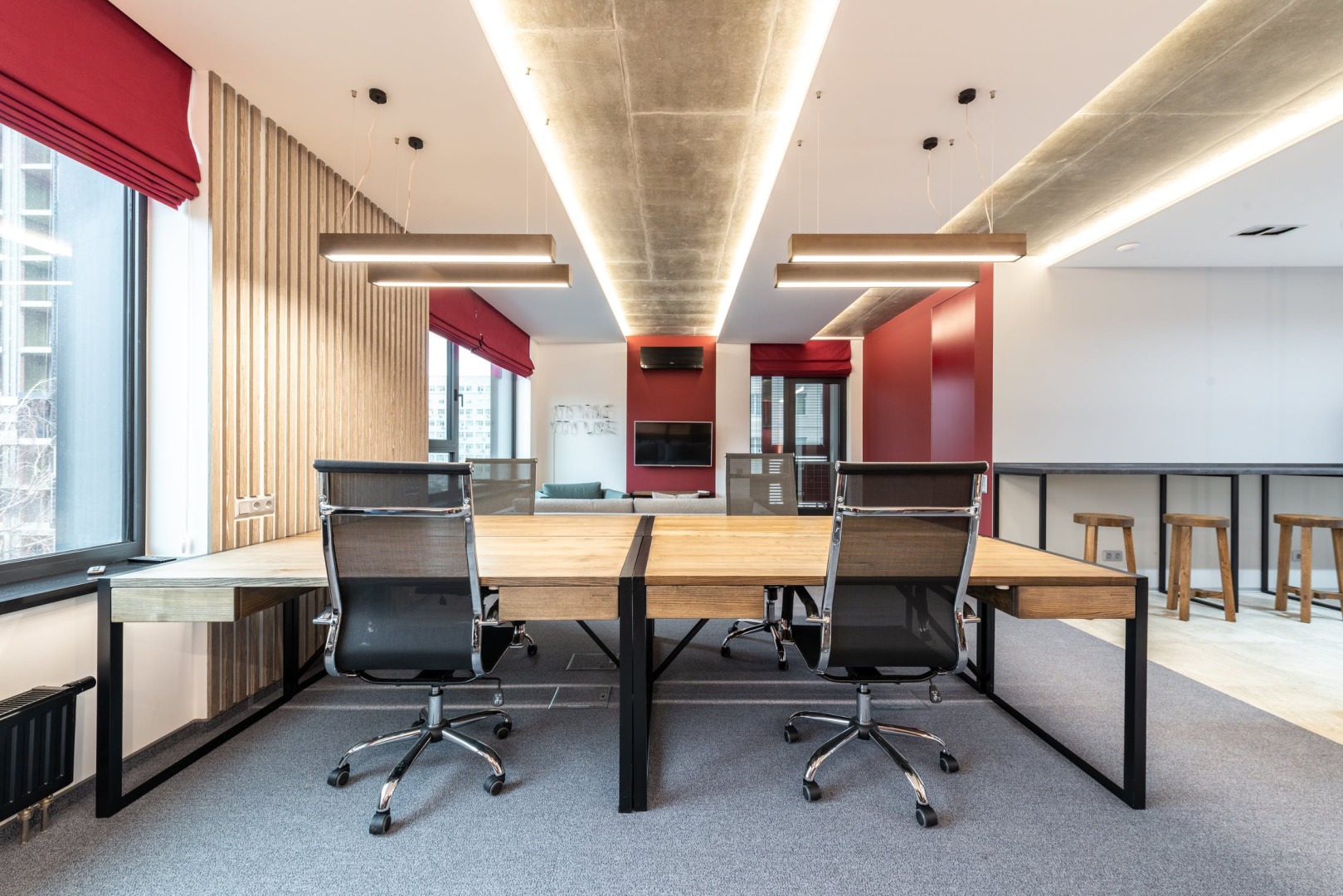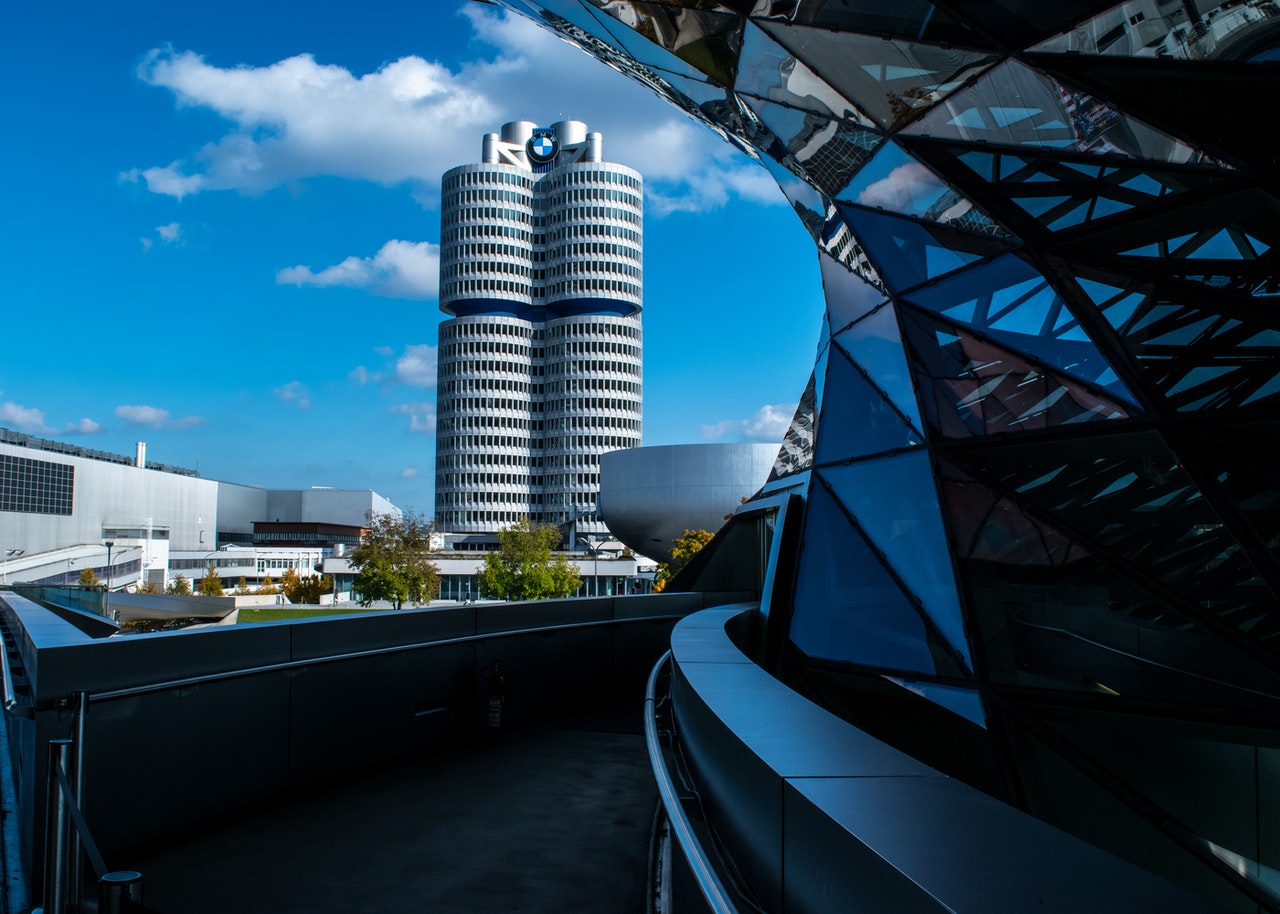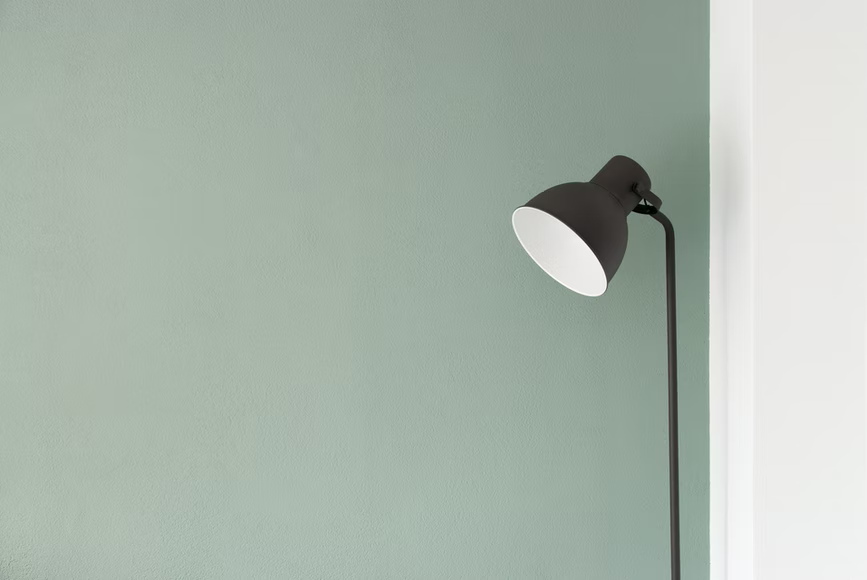Comments
- No comments found

There are many theories and life hacks out there about creating the ideal work environment.
While management styles and the equipment you use can make a big difference, some significant changes come from easily overlookable factors. Take your environment’s lighting and sound, for example.
Light levels, colour, and type can all impact workplace productivity. Similarly, surrounding noise levels play a significant role in staying focused and relaxed. Here’s a closer look at these environmental factors and how they impact your productivity.

Workplace lighting is about more than just being able to see what you’re doing. While that’s important, the wrong kind or level of light can make or break your productivity. Here’s how.
Even if you can see well, your eyes may strain under improper lighting. Artificial light sources like fluorescent bulbs and computer screens emit a lot of blue light. Blue light has the shortest wavelength and highest energy, making it scatter more easily, thus reducing contrast and straining your eyes as they focus after prolonged exposure.
The sun also emits blue light, but all the artificial blue light in a workplace leads to higher, closer exposure. People also tend to blink less when looking at a screen, so the impact of looking at this blue light is more significant than blue sunlight.
As your eyes strain, you may become uncomfortable. Your eyes may feel dry, or they could even hurt or give you a headache. This discomfort will make it hard to stay focused and in high spirits.
Different light wavelengths have varying psychological effects as well. Colours range from cold to warm light, and where they fall on this spectrum changes how they affect your mood and performance.
Despite what you may initially think, “warmer” colours like red and yellow have a lower colour temperature and create a sense of relaxation. In contrast, “cool” colours like blue have higher colour temperatures and can improve alertness and productivity. You need both in different settings to create the ideal work environment.
Cooler colours are ideal for rooms where you do most of your intensive work, as they’ll help keep you focused. Break rooms should have warmer light to help you calm down and avoid overworking. You can alter these light colours by changing the kinds of bulbs you use, as well as reflective surfaces like wall paint.
Work environment lighting also affects your productivity by impacting how your brain produces hormones like melatonin. Melatonin regulates your circadian rhythm, and too much artificial light can decrease melatonin levels in your body.
As your melatonin levels drop, you may find it harder to get good sleep. Sleep deprivation can increase your chances of depression, anxiety, and other mental health issues. As a result, prolonged exposure to harsh, artificial light can worsen your mood, which in turn affects your productivity.
Studies show that happy workers are more productive, so you need proper melatonin and serotonin levels to be a good worker. Just as artificial light decreases the production of these hormones, natural light can improve them. Consequently, it’s important to get more sunlight exposure throughout the workday.
Creating the ideal work environment is about more than lighting. Your sense of hearing also plays a critical role in whether you can remain focused throughout the day. Here’s how sounds in your environment impact your productivity.
Unsurprisingly, noise can be distracting. However, this distraction can happen at levels far below what you may expect. While loud noises can damage your hearing, even soft conversations nearby are enough to stop you from being productive.
Your productivity can dip by as much as 66% if you hear someone talking while reading or writing. That’s because even if you don’t want to hear or pay attention to something, you can’t close your ears. Those sounds will enter your ears regardless, and your brain will process them, causing you to multitask even if you don’t want to.
While some people may think they’re excellent multitaskers, no human can perform multiple simultaneous tasks with the same productivity as focusing on one at a time. Consequently, hearing conversations and other noise in the workplace will make it harder to perform your job well.
Work environment sound can also cause stress. Studies show that even low noise levels can disturb activity, sleep, and communication over time. These disturbances, in turn, can make you feel more stressed, which makes it harder to focus.
If the noise in your working environment is particularly distracting or annoying, it can cause even more stress. You’ll work harder to tune these distractions out, but in doing so, your blood pressure can rise and your brain may release stress hormones.
Stress can make you feel overwhelmed, make it difficult to focus, and cause physical side effects like fatigue and headaches. As that happens, you won’t be able to reach your peak productivity. To be productive, you must reduce stress, and that means reducing noise pollution around you.
When you know how work environment lighting and sound both impact productivity, it’s easier to make a better workplace. If you want to be as productive as possible, you should tackle these light and sound issues.
First, make sure your workspace is well lit so you can see everything you need. Just avoid harsh lighting. Since natural light has a positive effect on hormones like melatonin and serotonin, use it as much as possible. Open curtains, work near windows, and when you can’t rely on sunlight, use soft, warmer light bulbs that mimic it.
If possible, employ different colour temperatures in work and rest areas. You can also reduce the impact of blue light by looking away from your screen periodically.
Next, take care of the sound in your workplace. If possible, avoid crowded public areas and keep your music and conversations low to minimise distractions. Headphones can drown out surrounding noise, but be sure you don’t play anything through them too loudly, or you could counteract their benefits.

Your work environment’s lighting and sound are key players in your productivity. Next time you’re having trouble focusing, ask yourself if the surrounding light and noise are making it harder than it should be. When you understand the science behind these factors, you can create the ideal work environment.
Emily Newton is the Editor-in-Chief of Revolutionized. She is a science and technology journalist with over three years covering industry trends and research.
Leave your comments
Post comment as a guest